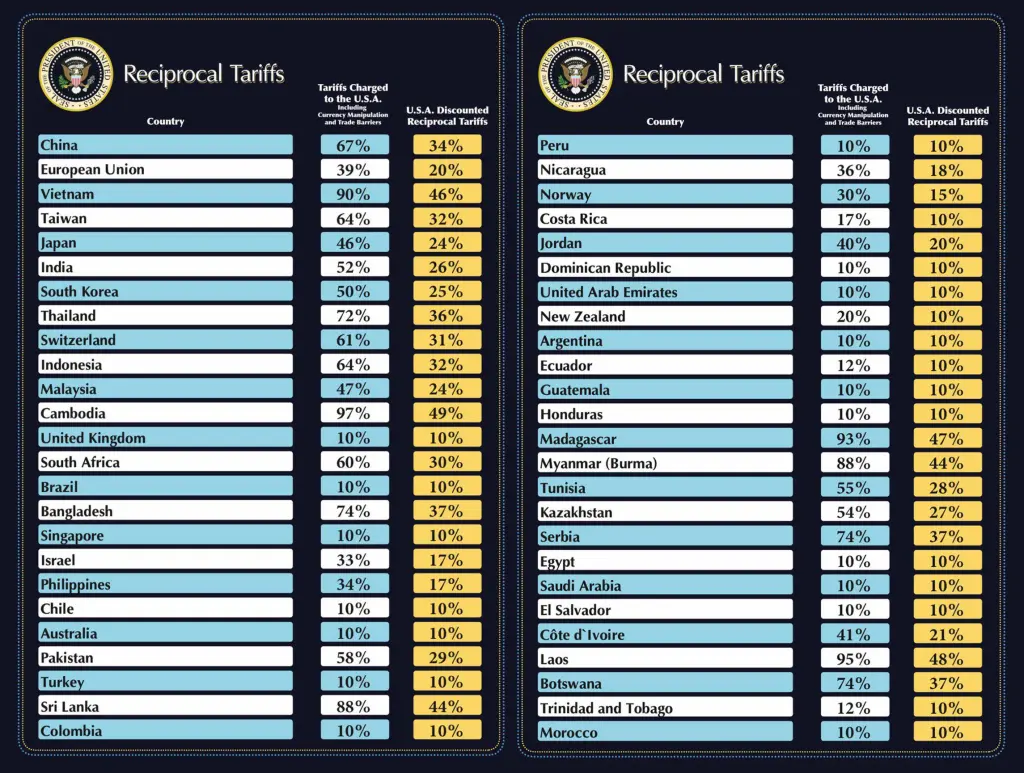QUESTION:
Hi Marty,
You say, “The one-size-fits-all policy of central banks with regard to interest rates pits East v West in both Canada and the United States. Farmers, oil producers, and miners are forced to pay higher interest rates when their economies are declining because of speculative booms in Toronto or New York.”
I can see how regional Central Banks could have supplied different stimulus in different regions back in the time of the Fed’s formation when the mediums of communication were not what they are today, but how would that work now. With the ability, today to borrow money electronically from where ever it is cheapest, wouldn’t people in the high-interest regions simply borrow in the regions where the money was cheapest defeating that strategy?
Regards,
F
ANSWER: About 70% of small business are routinely turned down for business loans. The small farmers, miners, and oil producers cannot simply borrow from the cheapest source. I myself always found banks calling me asking if wanted to borrow money when things were great and I never needed it. If you are watching your business model decline, nobody will lend to a ship taking on even a little water. There is a huge difference between a consumer loan on credit cards and a small business.
Consumers already pay interest rates set by a bank which are usually covering various regions. It is true, after the collapse of 9,000 banks with the Great Depression, thereafter banks were prohibited from Interstate Banking. Indeed, Interstate Banking allowing banks across state lines became widespread in the mid-1980s, when state legislatures passed legislation that allowed bank holding companies to acquire out-of-state banks on a reciprocal basis with other states. I had been on the board of a regional bank in the early 1980s. After Interstate Banking was allowed, a New York bank came down and put in a bid for Capital State Bank. It was sold and everyone cashed-in on their shares.
The main point is that there remain regional lending problems. The banks will lend to a market that is booming and will shun away from the regions in trouble. Today, a major bank in New York goes down and it impacts the entire country thanks to Interstate Banking.
So yes, you are correct – things are different today. The regional approach served the local economies. Even the S&L industry was regional and intended to serve the local economies. Today, the restructuring of the central banks eliminating and responsibility for regional disparities combined with Interstate Banking produces a completely different set of problems that will fuel the various separatist’s movements. In Europe, we see a huge disparity between the local economies of Southern Europe v Northern Europe and there too they are trying to impose the one-size-fits-all approach to central banking. Wherever we see economic disparities, we will see separatist movements.










